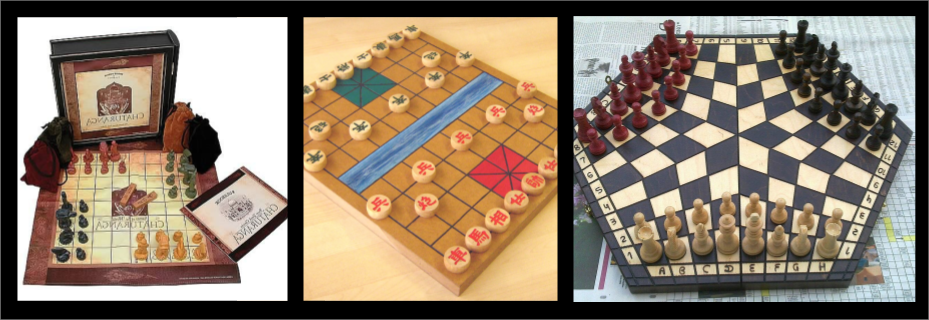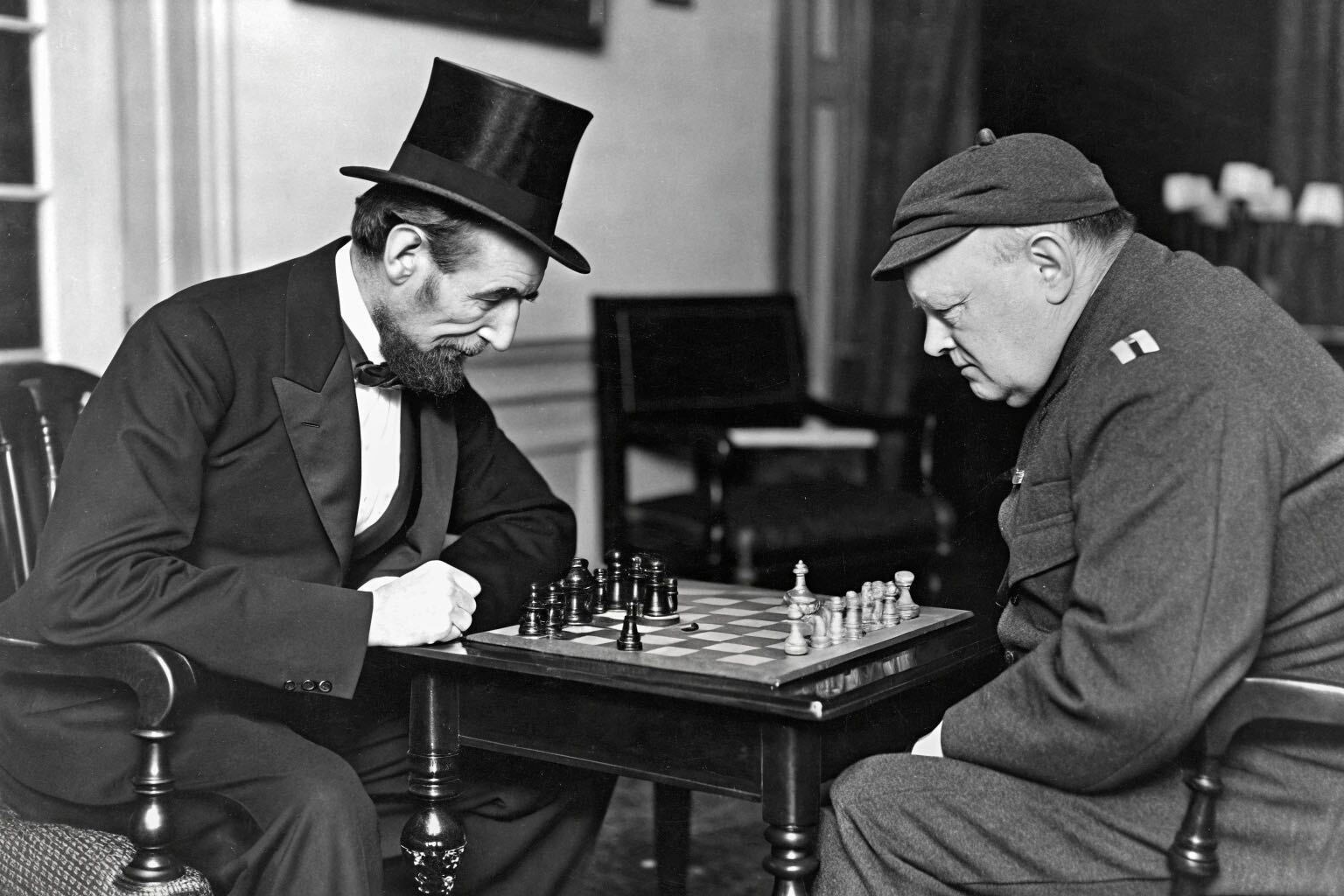A long time ago on a silky road far, far away – well, somewhere between ancient India, Persia and the somewhat contentious corridors of history, a new tabletop game was born. Not just any game, but one that upon completing its one thousand year journey along the silk road and into Europe would eventually be gentrified into the most popular of games that remain today.
Chess is a battlefield with sixty four squares that has been the playground of kings, warriors, nerds and world champions alike. It’s a billion dollar industry today, but its earliest roots can be found in India, where it grew from Chaturanga around the 6th century. The four divisions that are represented by its name were infantry, cavalry, elephants and chariots – with moves on the board mostly remaining today. In its earliest form over a thousand years ago the game could be modified to support four players – with some historians claiming that this version may have been the original. What we know for certain is that it accompanied the exotic spices that flowed from Asia. It also took on the political nuances of the cultures it passed through along the way.
It first reached Persia and became Shatranj. It is here that we were given checkered squares of black and white and is also from where the game was gifted to the Arab world with an infamous special edition of the set containing sixteen emerald pieces and sixteen ruby pieces. Shatranj also had its own variation of the game. Known today as Tamerlane Chess, the epic Al-Kabir board contains one hundred and twelve squares instead of the standard sixty four. It also features new pieces with new rules such as giraffes, camels, war machines and more. Most importantly, it is from within these regions and times that rules were properly published.
Nonetheless, something interesting happened when Chaturanga reached China, who were already in the midst of developing their own astronomical games. Despite much contention, by the 7th century Xiangqi emerged as the dominant variation of chess within Asia. Even today, the international popularity of Xiangqi is at an all time high, with several seasoned chess players preferring the streamlined efficiency of its modifications compared to the modern game of chess that often feels monotonous. Xiangqi brings the added excitement of a river dividing the board that elephants cannot cross as well as palaces for the generals and their advisers, who can never leave the safety of their confined quarters. It also adds some explosive new pieces known as cannons, which can only capture other pieces by jumping over pieces in a move that is similar to checkers. Each modification made by Xiangqi seems to make for a more direct game. One in which you are able to check your opponent with your opening move!
By the 9th century Shatranj had made its way over the Mongolian mountain-tops and into Russia whilst also making its way from the middle east into Spain by the 10th century. It took a further five hundred years to survive the prohibitions and sanctions of the Christian church before emerging in the 15th century as the modern game we know today. Elephants became bishops and chariots became rooks as more religious undertones were added to the game. Queens gained places on the board as European monarchies started to gain popularity over power. It was somewhere between the 15th to 18th century that not only saw the introduction of allowing pawns to move two on their first moves, but also brought with it the infamous and often misunderstood en passants that were included within the first international chess tournament that took place in London in 1851.
As the most modified game in history, with more variations than historians have theories, it was the popularity of the written word that started to romanticise Chess by the 18th century. Not just a pastime, it became serious business. Kings used it to train on strategy, nobles flaunted it as intellectual clout and coffeehouses across Europe became the original tabletop sports arenas where gentlemen, and the occasional genius spent hours trash-talking over wooden boards.
It was the people playing and their stories etched in time that took the game to new heights.
Napoleon Bonaparte was a notorious chess addict. He may have been brilliant on the actual battlefield, but on the chessboard? Not so much. He often blundered badly and got checkmated by his generals. There’s even the opening Napoleon Attack named after him, though it’s considered an aggressive and somewhat unsophisticated opening move by some. Benjamin Franklin was an avid and capable player who published the essay “The Morals of Chess”, promoting the game for its intellectual and moral benefits whilst arguing that it taught foresight, caution and perseverance. He frequently played, particularly during his time in France, using it as a way to socialise and even as a diplomatic tool.
From Abraham Lincoln to Winston Churchill, Albert Einstein to Stephen Hawking, John Lennon to Ray Charles, William Shakespeare to Oscar Wilde – chess has permeated the very fabric of culture, politics, science and art. It has inspired poems, revolutions and even a few bar fights. Because – let’s be real. For all its prestige, chess can get… well, a little square. Enter – Chess Mods. Over the years, brilliant (and possibly slightly bored) minds have decided the traditional board wasn’t enough. So they stretched, stacked and re-imagined it into a carnival of quirky variations.

Some of the greatest hits include 3D Chess; with multi-level boards where knights and bishops leap between layers like caffeinated squirrels, Hexagonal Chess; because pawns move diagonally and chaos ensues, Alice Chess; played on 2 boards simultaneously where pieces vanish from one board and reappear on another like a magician’s act gone rogue, and Bughouse Chess; a team variant where captured pieces can be dropped onto your partner’s board resulting in occasional pub brawls.
Inspired by this, we wanted to design our own game – something that could be as moddable as chess, free from the constrains of intellectual property and copyright laws. So motivated by modification – we created Moddable.Games.


